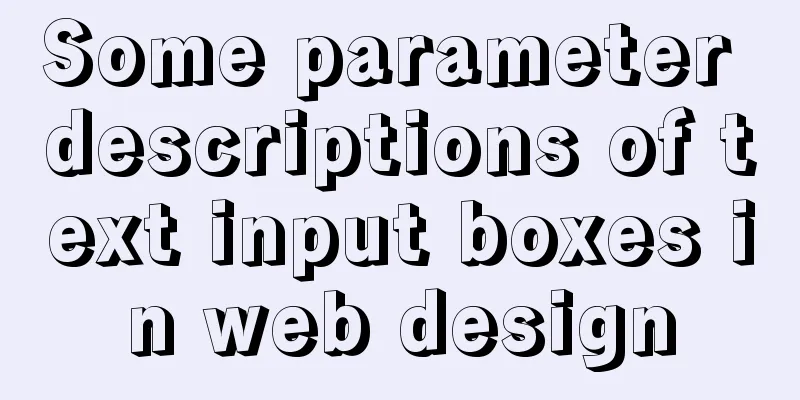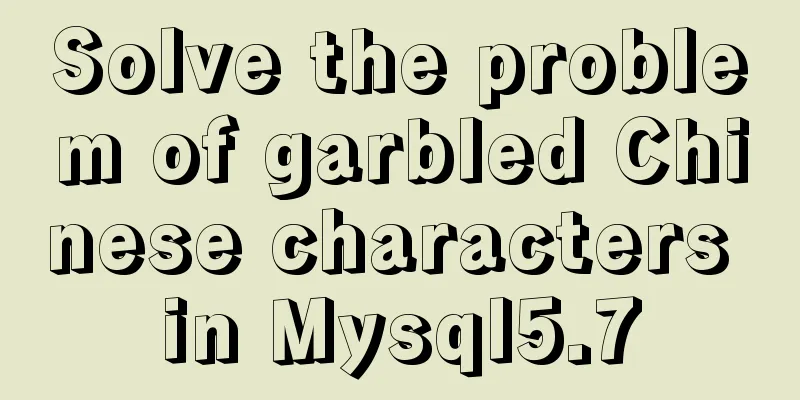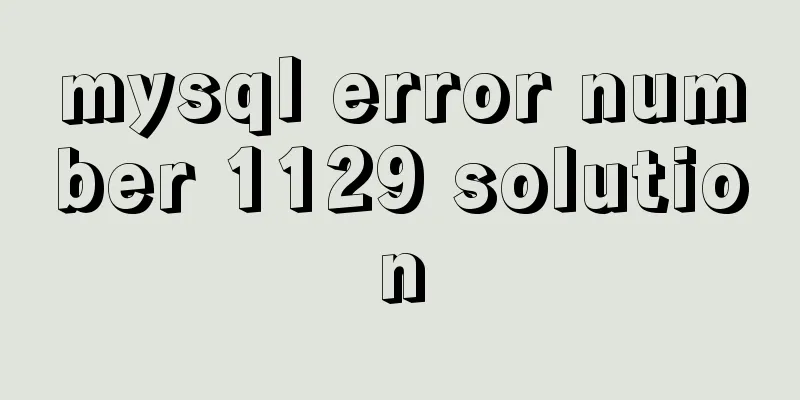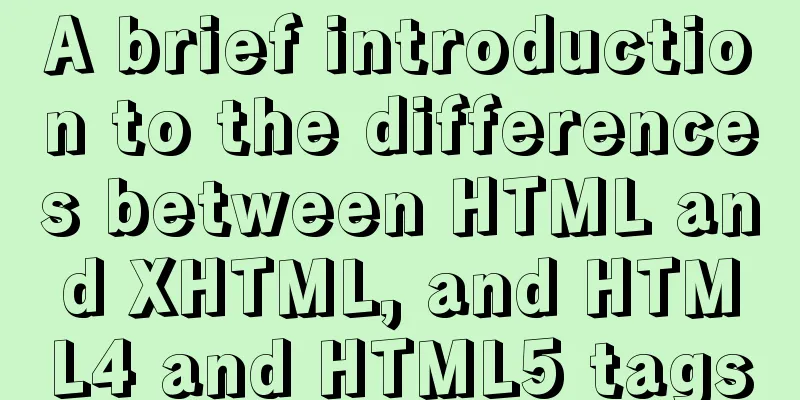Detailed explanation of the JavaScript timer principle
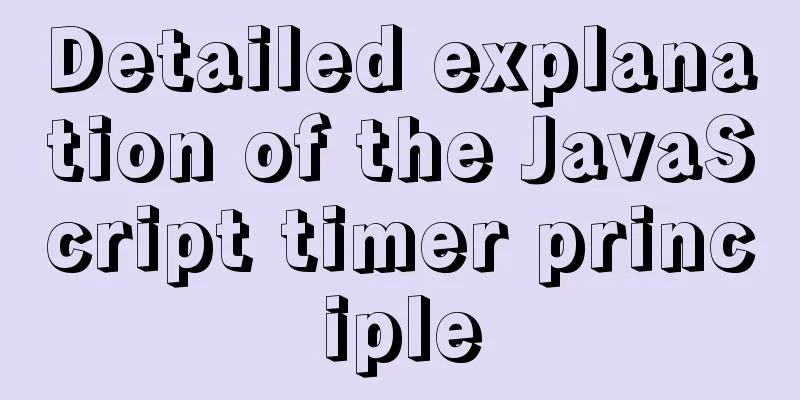
|
Preface: In many pages, we can see some countdown or time-related effects. Today, Xiao Xiong will give an overview of the countdown in JavaScript. 1. setTimeout() timergrammar: window.setTimeout(call function, [delay in milliseconds]);
The code is as follows:
window.setTimeout(function(){
alert('Hello');
},5000);
The running results are:
It should be noted that:
2. Stop the setTimeout() timerOnce we have created a timer, what should we do if we want to cancel it? The function to clear the timer is used as follows: window.clearTimeout(timeoutID)
For example: In the above case, if we want to stop it before the specified event, we can first add a click button and add an event to clear the timer to this button. The operation is:
var hello = window.setTimeout(function(){
alert('Hello');
},5000);
var btn = document.querySelector('button');
btn.addEventListener('click',function(){
window.clearTimeout(hello);
})
The running effect is:
It can be seen that when we do not click the stop button, 'Hello' pops up after five seconds. After refreshing the page, when we click the button, no matter how long it takes, there will be no pop-up window, and the timer is cleared successfully. 3. setInterval() timerLet's look at another type of timer. window.setInterval(callback function, [interval in milliseconds]);
For example: Let's write a timer to print 'hello' every second. The code is:
setInterval(function(){
console.log('Hello')
},1000);
The running effect is:
4. Clear the setInterval() timerSimilarly, we can also clear the effect of the setInterval() timer. The syntax is: window.clearInterval(intervalID);
For example, we now have two buttons. Clicking one can start the timer, and clicking the other can clear the timer. The operation method is:
<body>
<button class='begin'>Start</button>
<button class='stop'>Stop</button>
<script>
var btn = document.querySelectorAll('button');
var timer = null;
btn[0].addEventListener('click',function(){
timer = setInterval(function(){
console.log('Hello');
},1000)
})
btn[1].addEventListener('click',function(){
clearInterval(timer)
})
</script>
</body>
The running effect is:
5. Electronic clock caseWe can now make an electronic clock that displays the current year, month, day, hour, minute, and second, and allows them to change automatically. The code is as follows:
<!DOCTYPE html>
<html lang="en">
<head>
<meta charset="UTF-8">
<meta http-equiv="X-UA-Compatible" content="IE=edge">
<meta name="viewport" content="width=device-width, initial-scale=1.0">
<title>Document</title>
<style>
div {
width: 500px;
margin: 100px auto;
font-size: 25px;
}
</style>
</head>
<body>
<div></div>
<script>
var div = document.querySelector('div');
function showTime(){
var date = new Date();
var y = date.getFullYear();
var m = date.getMonth()+1;
m = m>=10?m:'0'+m;
var d = date.getDate();
d = d>=10?d:'0'+d;
var h = date.getHours();
h = h>=10?h:'0'+h;
var dm = date.getMinutes();
dm = dm>=10?dm:'0'+dm;
var ds = date.getSeconds();
ds = ds>=10?ds:'0'+ds;
var str = y+'year'+m+'month'+d+'day'+h+'hour'+dm+'minute'+ds+'second';
div.innerHTML = str;
setTimeout(showTime,1000);
}
window.onload = showTime();
</script>
</body>
</html>
The running effect is:
This is the end of this article about the principles of JavaScript timers. For more relevant JavaScript timer content, please search for previous articles on 123WORDPRESS.COM or continue to browse the following related articles. I hope everyone will support 123WORDPRESS.COM in the future! You may also be interested in:
|
<<: Sample code for programmatically processing CSS styles
>>: HTML discount price calculation implementation principle and script code
Recommend
Using JS timer to move elements
Use JS timer to make an element to make a method ...
CSS3 border effects
What is CSS# CSS (abbreviation of Cascading Style...
HTML5 and jQuery to implement preview code examples before uploading local pictures
HTML5 and jQuery implement the preview of local i...
Detailed explanation of PHP+nginx service 500 502 error troubleshooting ideas
Overview When a 500 or 502 error occurs during ac...
mysql creates root users and ordinary users and modify and delete functions
Method 1: Use the SET PASSWORD command mysql -u r...
How to add and delete unique indexes for fields in MySQL
1. Add PRIMARY KEY (primary key index) mysql>A...
CentOS 7.6 batch add, modify and delete virtual network cards operation introduction
1 Check whether the kernel has a tun module modin...
How to find the specified content of a large file in Linux
Think big and small, then redirect. Sometimes Lin...
Difference between HTML4 and HTML5: How to add focus implementation code to an input
html4: Copy code The code is as follows: <form...
MySQL 5.7.16 ZIP package installation and configuration tutorial
This article shares the installation and configur...
Nginx/Httpd reverse proxy tomcat configuration tutorial
In the previous blog, we learned about the usage ...
Detailed steps to install nginx on Apple M1 chip and deploy vue project
brew install nginx Apple Mac uses brew to install...
Detailed tutorial on minimizing the installation of CentOS 8.1 virtual machine in VirtualBox
1. Download related tools and images Download Lin...
Detailed explanation of the pitfalls of DTS caused by the timestamp and datetime time zone issues in MySQL
Table of contents How to represent the current ti...
Information transmission and function calls between WeChat mini program pages and components
In this article, I will explain the relevant cont...







